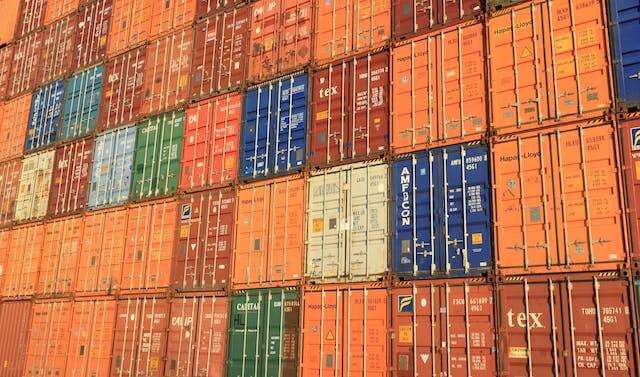Amazon drones zipping through the skies with customer purchases. Same day delivery of hard line goods. Groceries coming from neighborhood stores to your door in two hours. There is no doubt that the pressure of consumer demand for instantaneous fulfillment is changing the way we think of future warehouses and distribution centers, and their abilities to accommodate faster shipment.
There used to be a question of whether or not customers wanted – and were willing to pay for – faster delivery. It was also unclear whether Amazon’s vision of an army of drones substituting for trucks would catch on with the public. But a recent report from McKinsey & Company debunked both myths by taking a closer look at the last mile of parcel delivery (i.e., getting goods to the customer). The report, based on 4,700 respondents in the U.S., China and Germany, found that 60 percent of consumers are in favor of or open to the idea of drone delivery; 25 percent of consumers today are willing to pay a premium for same-day or instant delivery. That’s one in four customers – and the number is expected to rapidly increase due to the buying patterns of those under 40.
So what’s happening in the world of warehouse management systems and shipping to facilitate this shift to on-demand delivery? Many WMS vendors have already added integrated shipping systems to their platforms. Some are better than others – for example, our Latitude Manifest & Shipping software is a multi-carrier solution that automatically finds the lowest available shipping rate (or fastest option for rush orders), whether the package is being delivered locally or internationally. It can automatically label and complete specialized paperwork for items such as hazardous materials, saving additional time.
Dimensioning is another aspect of shipment preparation that will take on greater significance in the future warehouse. 3-D technology now makes it easy to not only calculate the best packaging, it can help determine the best shipping solution. Plug that technology into a DIM software solution and you’ve got a quicker way to get a product into packaging and out the door, saving time and money.
It’s only a matter of time before all carriers will use a dimension-based pricing model, so going forward, the ability to automatically measure package dimensions will be crucial for quoting accurate shipping costs. A WMS that allows for easy integration with a DIM system is your best bet for preparing to take advantage of dimensioning to cut costs. As an example, we integrated the Latitude Manifest & Shipping module with a dimensioning platform from QubeVu for Cascade Orthopedic Supply. This allowed the company to easily ship irregularly shaped items and achieve a 97 percent same-day shipping rate.
Finally, network integration across systems will greatly improve inbound and outbound logistics in the warehouse of the future. It will enable the use of blockchain technology to secure and simplify shipping processes and to deliver real-time status of cargo. (A partnership between shipping magnate Maersk and IBM, announced earlier this year, is one of the first to explore how blockchain can be used in supply chain management.) At some point in the future, blockchain technology will integrate with the WMS as a private or permissioned ledger to share inbound and outbound shipping information – potentially with every invested party, including the customer.
You might say that the future warehouse will be ruled by the customer and the need for instantaneous fulfillment…and you’d be correct.

